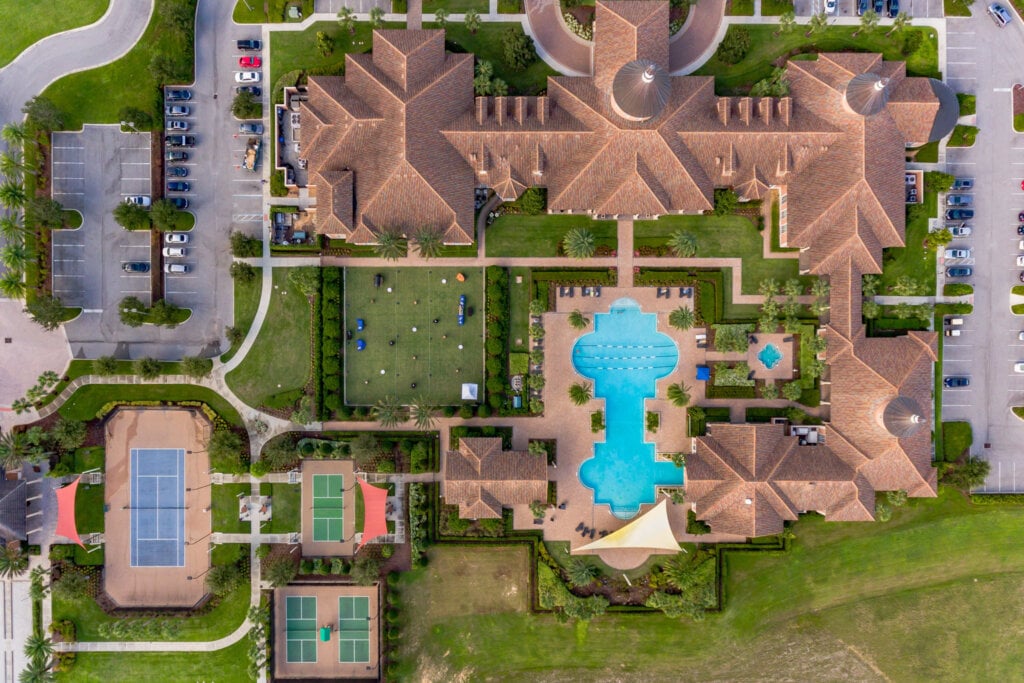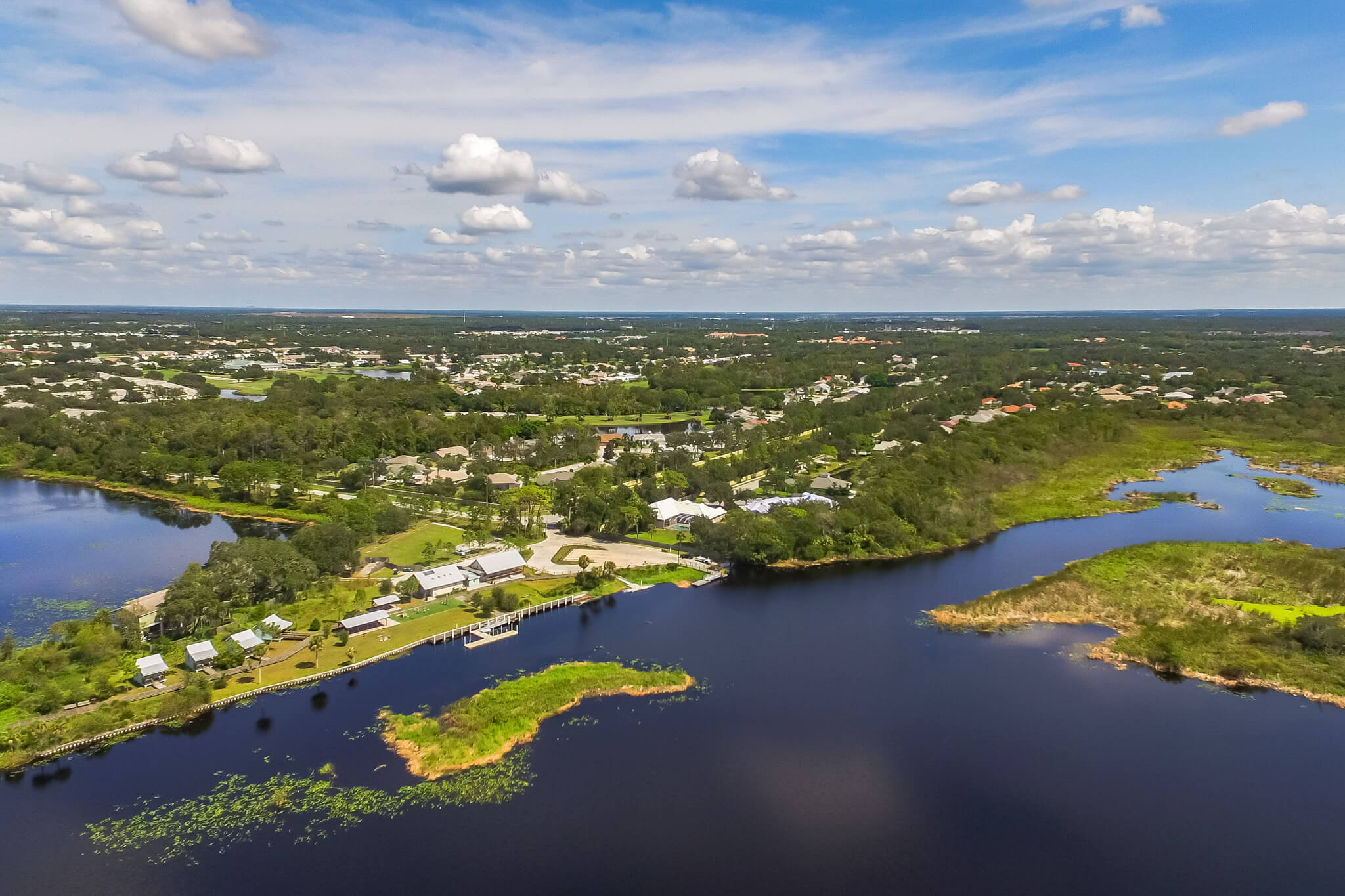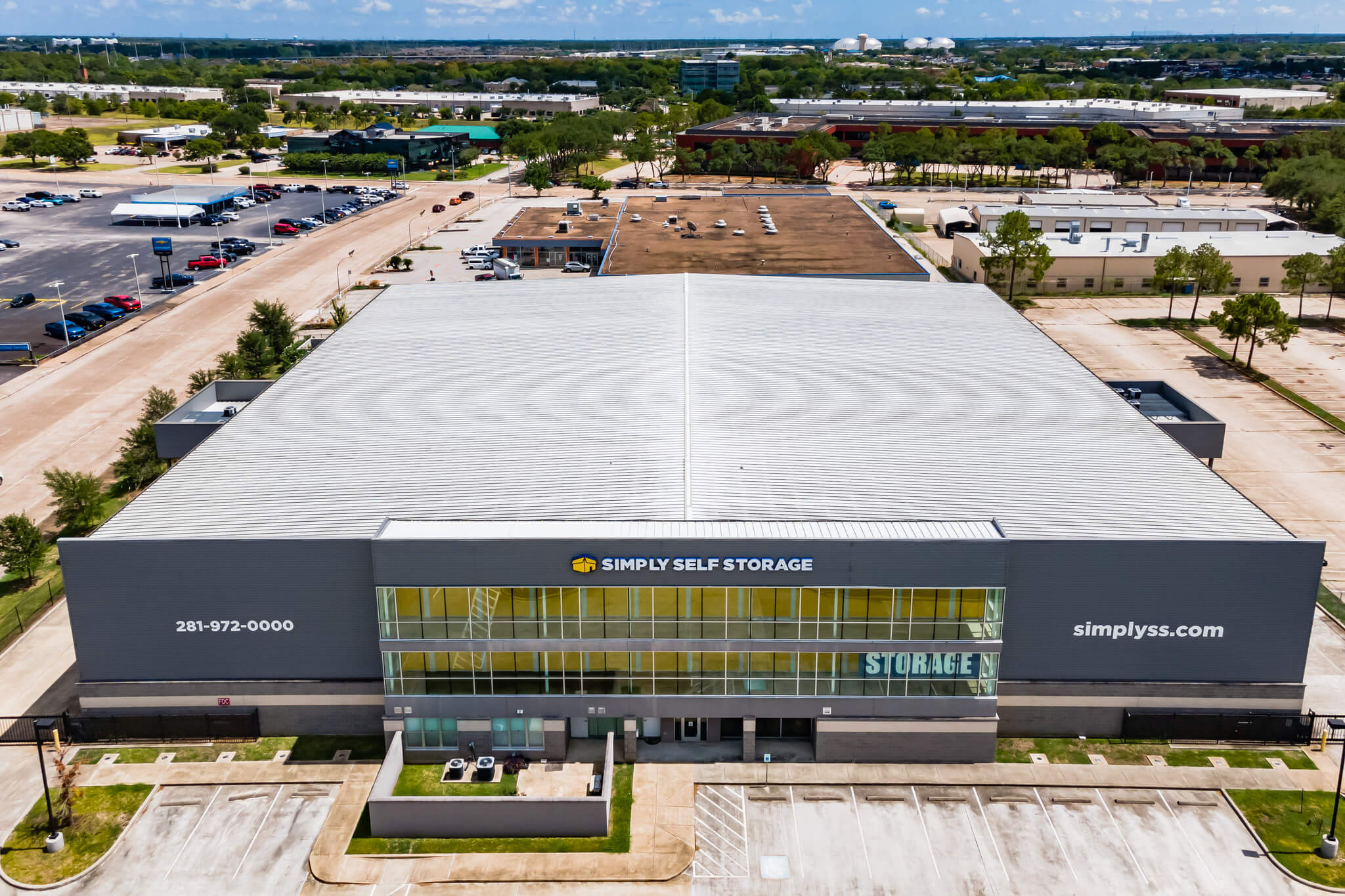Drone technology has become more readily available in recent years. There are several applications for this technology, including using it for real estate photography.
Many factors may impact the quality of the photographs, however. For instance, flying conditions can change, which can challenge the stability of the drone and begs the question of whether or not drones can fly in the wind.
The Short Answer
You can indeed fly a drone in windy conditions. But the question itself is a vague one. For instance, anything over 10 mph winds may be considered “windy,” but wouldn’t have an impact on the average commercial drone.
How windy is too windy to fly? Typical commercial drones for real estate videos can do just fine flying in conditions ranging from 10 to 30 mph. That said, the determination is made by the maximum speed capability of the drone itself. There is a general rule of thumb when flying drones in the wind. That rule states that the wind should be no more than two-thirds of the maximum speed of the drone. So, if you have a drone that tops out at 18 mph, you wouldn’t want to fly in winds of more than 12 mph.
There are a lot of considerations to keep in mind. Some potential impacts can be felt should you choose to fly your drone in windier conditions.
Know the Different Wind Types
Before you wonder “Can drones fly in the wind?”, it is important to know more about the wind. Not all wind is created equally. Wind in itself is a science with many complexities. For flying a drone, there are two main types of wind to be aware of: general weather and thermal wind.
In the case of general weather, the wind is typically a constant. Breezes, whether they be on land or at sea, are typically constant and around the same daily. Thermal wind, on the other hand, is an updraft of wind to the local area. This has to do with rising warm air that comes from the ground after it has been heated by the sun. Thermal wind can be quite strong, noticeable through smaller cumulus clouds.
How to Determine Wind Speed
Before you head out to fly with your done, since flying in windy conditions will impact your experience, it is crucial to know how to determine wind speed in the first place. Determining “how windy is too windy to fly” can be as simple as a measurement of wind speed. It is not so much about “can drones fly in the wind,” but rather what the current speeds are and whether your drone can handle it.
Flying in windy conditions means determining how windy it is at the moment is important. There are three different ways of determining wind conditions: a wind app, an anemometer, and using the Beaufort Scale.
Wind App. There are many weather apps available that show wind speed as it relates to the nearest weather station to your geographic location. That said, the weather conditions where you are can vary substantially from the conditions near the weather station.
Anemometer. This small device has an internal wind turbine that it can use to calculate wind speed. The one downside to using an anemometer is that higher altitude wind can be different than in other areas.
Beaufort Scale. The Beaufort Scale assigns a number based on wind speed, but it is more than that. It also uses seaman’s terms – like a calm, strong breeze, moderate gale, storm, etc. – and even symbols to illustrate the impact that the wind can have on the land. The scale starts with winds under 1 mph, extending to 73 mph or greater.
Produced by Jon Biddle Films
The Impacts of Flying in Strong Winds
Some people think that drones are completely unaffected by stronger winds. They believe this to be due to drones flying in their own airflow. But that simply is not right. Much like any other airborne vehicle, wind can impact that particular flight, presenting challenges when flying in windy conditions.
Six factors can be impacted by strong winds: starting sequence, hovering, wind up, wind down, flight sequence, and landing sequence. Let’s take a closer look at each.
Starting sequence. Without a doubt, the starting sequence can be the most impacted by strong winds. The wind overlays ground turbulence, creating greater displacement and even flipping the drone over. If you are attempting to fly in noteworthy winds, try to stand behind the drone while facing the wind.
Hovering. During hovering, the drone is not horizontally leveled. To compensate, the drone will fly against the direction of the wind. It will have a horizontal tilt like it intends to move forward but will remain hovering. It is also common to hear the propeller and motor more loudly, which lets you know that it is using more power to compensate for the higher winds.
Wind-up. Flying wind-up will likely see a huge drop in speed from the drone. If your drone has a top speed of 35 mph and the wind is at 30 mph, then there is minimal wind-up.
Wind-down. For flying wind down, there is greater velocity added. For the same 35 mph top speed, wind down can bring it as high as 65 mph. The reaction of turbulence is much faster as well, so be sure to keep an eye on the drone’s movements whenever flying wind-down.
During flight. Wind turbulence will cause unexpected movements to occur during flights. With any unexpected movements, countermeasures will need to be taken. On top of that, the drone will require more electrical power throughout the flight, which means shorter flight times than would be experienced in otherwise normal flight conditions.
Landing sequence. The landing sequence is as tough for the drone as the starting sequence. Displacement is far more common, meaning that the drone could potentially crash into an object or even into you. Be careful and alert during both the starting and landing sequences.
How a Drone May Fly in Higher Winds
So, you’ve asked, “How windy is too windy to fly?” and determined that your drone is fine for the current conditions. Even still, flying in windy conditions can present a few differences in flight patterns from flying in optimal conditions.
For instance, there are two key ways that the drone can be impacted by wind. The first is energy use. To compensate for turbulence, the drone needs to expend more energy. To fly wind up, it would take substantially more energy to fly the same distance as you would in normal winds. It is all about holding the position while facing turbulence.
The second impact of wind can be on flight behavior. Moving wind up can create sluggish reactions, which means that your drone may respond a bit more slowly to commands than it would otherwise. For wind down, the drone can be pushed either left or right. Compensating takes a lot of energy, though; at higher speeds, the drone will react to control signals far more quickly.
Knowing the maximum speed of your drone is crucial before flying. It will not only allow you to determine how windy is too windy to fly but how those top speeds can be impacted by wind changes.
Tips for Flying a Drone in Strong Winds
If you feel waiting to fly your drone for photography purposes is not possible, there are a few tips that can help you to manage flying in windy conditions. When flying, make sure to check wind conditions. Knowing how windy is too windy to fly can depend on the drone and situation.
For flying in stronger winds, there are a few tips that can be valuable to have. It is not so much a question of “can drones fly in the wind,” but whether the current conditions are too much for your drone to be flying in.
Starting sequence. The landing sequence is one of the most crucial stages of flight. When you start your drone, make sure to do so from a place that is protected from the wind. The vast majority of accidents happen during the starting sequence, and higher winds can cause disruptions and greater turbulence. When lining up the drone, keep the front part facing the wind, keeping yourself behind the drone with enough distance between you and the machine.
Flying into the wind. If you are flying into the wind after beginning flight from a slipstream, be careful. The drone’s flight control needs time to properly compensate for the wind.
Keep a safe distance. During a flight in higher winds, be sure to keep a greater distance in all directions from what you normally would. It is better to be safe than sorry, especially when winds can displace the drone in any direction. Keep the drone in sight at all times and never fly over people when winds are higher than normal.
Flying longer distances. If you want to take your drone out for a longer flight, start by flying against the wind. When flying against the wind, drones use more power than they normally would. Flying against the wind quickly can give you a better idea of whether you have enough power left for the flight back.
Flying wind up. For up-wind flights, be aware that control signals can feel a bit sluggish to react. Control signals may need to be a bit stronger than normal to compensate.
Flying wind down. Be aware that flying wind down can create an overreaction in the response of most drones. Control signals should be set to very smooth, but keep an eye on how your drone reacts. The speeds will also increase, so be aware that it will likely take a little longer than normal to stop your drone.
Landing sequence. When it comes time to land, hover at a higher altitude, keeping the front of the drone against the wind. The drone may fly frontside due to the flight control signals and their reaction time.
Produced by Jon Biddle Films
The Verdict
To make a long story short, yes, you can fly a drone in the wind. That said, there are limitations and a little bit of common sense that needs to be applied. Drones of the commercial variety are generally fine with winds under 30 mph, but it also depends on the maximum speed of the drone you are using.
When winds exceed roughly two-thirds of the maximum speed of the drone, it is safer to avoid flying that day. Flying in higher wind speeds can depend on the flying behavior of the drone as well as its current battery status. Make sure to weigh the conditions and be aware of the specs of your drone before flying in high winds.














